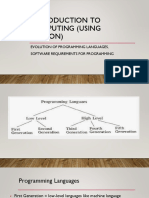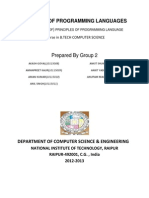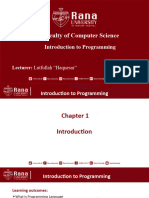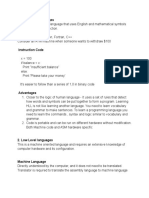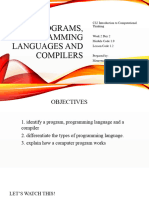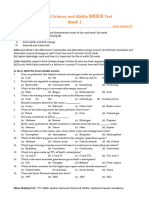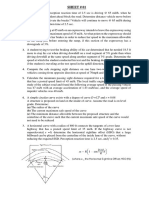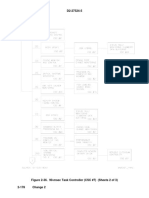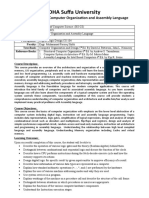0% found this document useful (0 votes)
47 views54 pagesSlide Set - 06
The document discusses different types of programming languages including low-level languages like machine language and assembly language that are closer to computers, high-level languages like Java and Python that are closer to humans, and middle-level languages. It also discusses the differences between source code written by programmers and object code understood by computers.
Uploaded by
Jahanzaib BrohiCopyright
© © All Rights Reserved
We take content rights seriously. If you suspect this is your content, claim it here.
Available Formats
Download as PDF, TXT or read online on Scribd
0% found this document useful (0 votes)
47 views54 pagesSlide Set - 06
The document discusses different types of programming languages including low-level languages like machine language and assembly language that are closer to computers, high-level languages like Java and Python that are closer to humans, and middle-level languages. It also discusses the differences between source code written by programmers and object code understood by computers.
Uploaded by
Jahanzaib BrohiCopyright
© © All Rights Reserved
We take content rights seriously. If you suspect this is your content, claim it here.
Available Formats
Download as PDF, TXT or read online on Scribd
/ 54

























